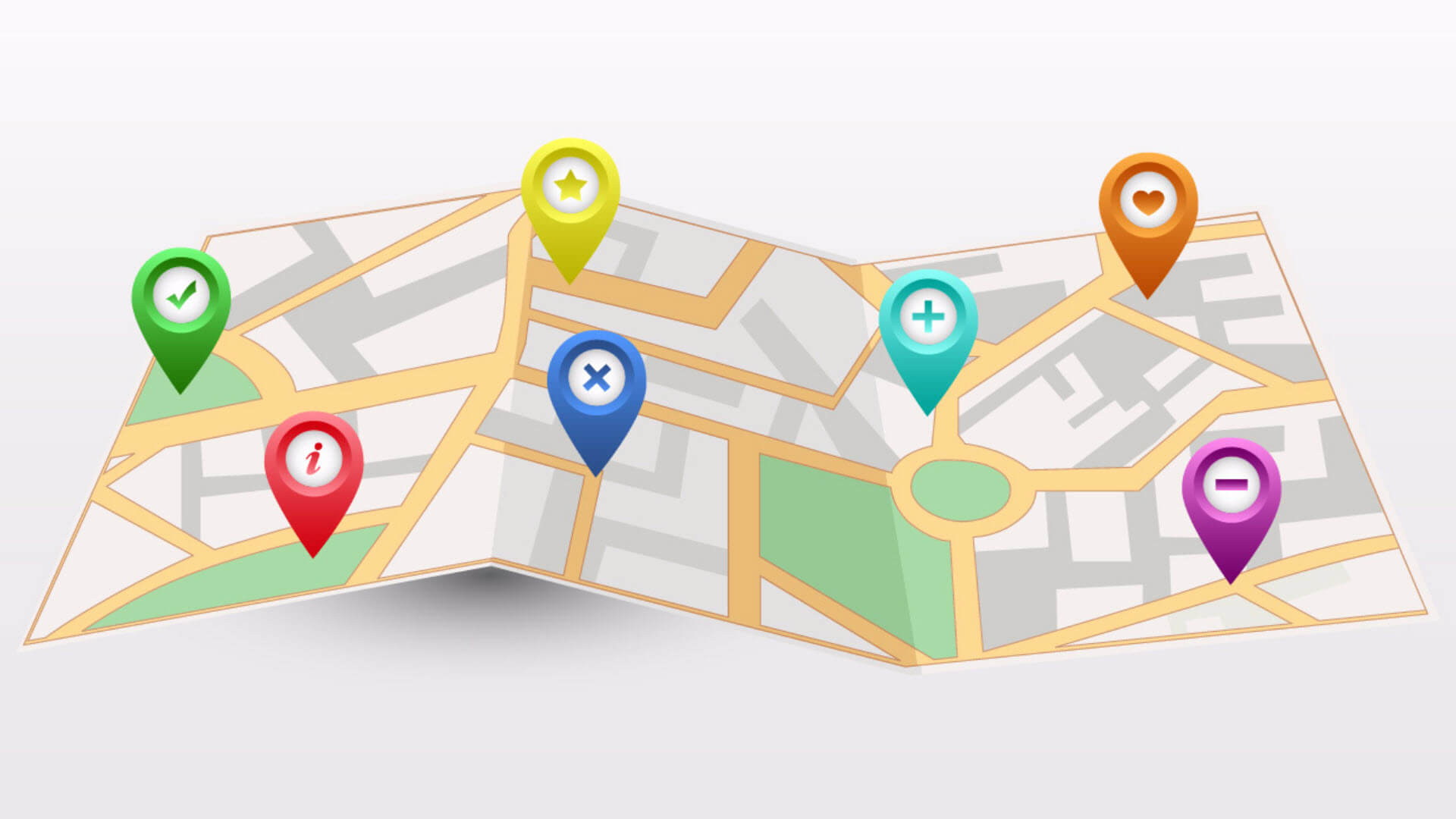
One of the major problems online consumers face is figuring out where they can buy or see a desired product in a nearby store. Beyond local product feeds into Google, most major retailers don’t offer real-time local inventory. There has even been resistance to putting local inventory online.
But a recent case study from Lastmile Retail and a major US wireless carrier with over 1,000 local stores validates the proposition that when you give consumers information about local product availability, they are more likely to engage and convert. A related and equally important benefit is improved position in search rankings because of greater relevance to the query.
Lastmile offers an “omni-channel marketing solution with real time local inventory.” In practical terms, it’s a dynamic landing page solution that matches local product inventory and promotions with store finders and a range of consumer engagement options:
- Purchase/reserve device for in-store pickup.
- Call the local store.
- Get directions to nearby store locations.
- Make an in-store appointment.
It also brings e-commerce and local store options together in a single place for customer convenience.
Lastmile’s CEO Michael Carini told me that the carrier saw an average ranking position of 1.9 for iPhone-related queries compared with 7.86 for the company’s competitors for the same queries.
Conversions were also 5x those of other digital channels. This is search, and so these are often going to be high-intent consumers. But that’s Carini’s ultimate point: If you tell people where they can buy something (or buy online and pick up in the store), they’re more likely to do it. He also said that e-commerce conversions from these landing pages were 3.2x higher on average than the carrier’s other channels.
Carini provided me with the breakdown, among those who engaged, with the variety of actions taken:
- Buy for in-store pickup — 47 percent.
- Reserve device for in-store purchase — 21 percent.
- Purchase for shipment to home — 17 percent.
- Make in-store appointment — 7 percent.
- Call store — 5 percent.
- Navigate to store — 3 percent.
Among the above options on these landing pages, true e-commerce (buy and ship) represented 17 percent of conversions/actions. The remaining 83 percent involved the local store. But what’s striking is the array of different behaviors — all leveraging the local store presence.
As an aside, I believe that local inventory availability is also a key competitive tactic against Amazon. Regardless, this case study validates that the majority of “ready to buy” consumers are still most interested in the instant gratification of having something “today.” It also argues that there’s a huge opportunity cost to retailers in not pursuing a local product inventory strategy.
Contributing authors are invited to create content for Search Engine Land and are chosen for their expertise and contribution to the search community. Our contributors work under the oversight of the editorial staff and contributions are checked for quality and relevance to our readers. The opinions they express are their own.



